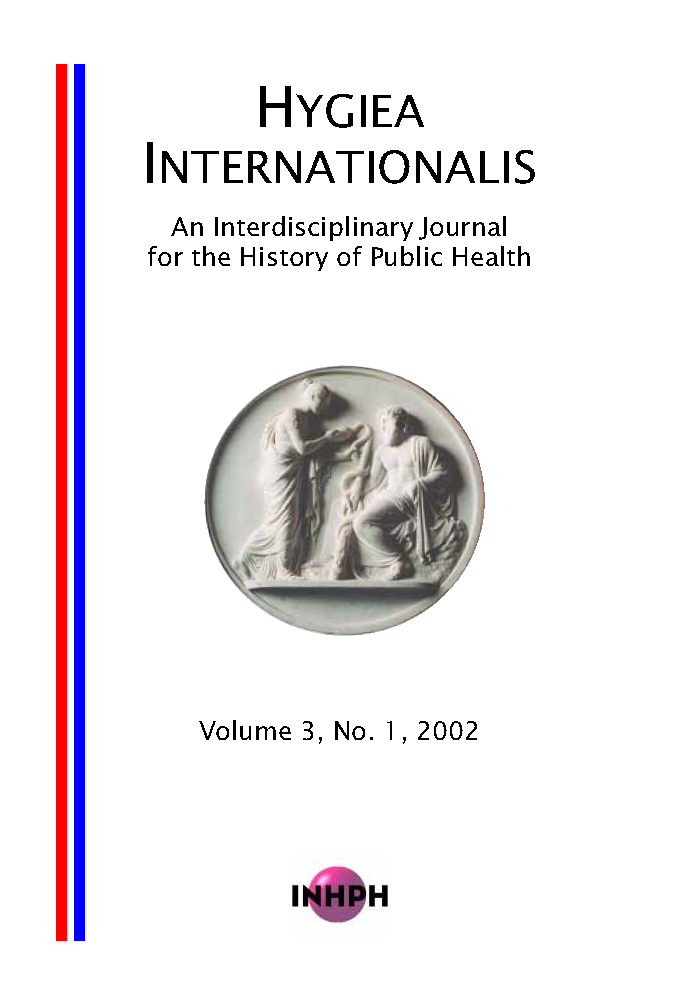The Development of Infant Mortality in Iceland, 1800-1920
DOI:
https://doi.org/10.3384/hygiea.1403-8668.0231151Abstract
By European standards infant mortality in pre-industrial Iceland was extremely high. Until 1918 the country was part of Denmark, and during the nineteenth century Danish medical authorities on several occasions expressed their concern about the high mortality rates among young children in Iceland. It was generally acknowledged that high infant mortality rates in Iceland were mainly to be explained by the prevailing practice of the artificial feeding of newborns. In Denmark infants were, as a rule, breast-fed, and there infant mortality remained at an average level of ca 140 per 1000 live births during the period 1840- 1890 (Figure 1). In Iceland, on the other hand, infant mortality rates in the mid[1]nineteenth century were almost twice as high as in Denmark. Iceland then experi[1]enced an average of 250-300 deaths per 1000 live births, and during years of severe epidemics infant mortality rates were even higher. This was the case in 1846, when infant mortality at the national level exceeded 600 per 1000 live births. Compared to the other Nordic countries, Icelandic infant mortality rates were exceptionally high and can best be compared to the high levels of German-speaking areas in central Europe, in particular Bavaria. Like Iceland, Bavaria was known for a tradition of artificially feeding newborns. Figure 1 shows that infant mortality rates in Bavaria and Iceland were relatively similar during the pre-transitional period. In its transition toward low mortality rates, however, Iceland deviated remarkably from Bavaria. After 1870 there was a sharp decline in infant mortality and shortly after the turn of the twentieth century, Iceland had dropped to low levels of slightly more than 100 deaths per 1000 live births, a level comparable to the other Nordic countries. At that point in time Bavaria still displayed infant mortality levels above 200 per 1000.
Downloads
Published
How to Cite
Issue
Section
License
Copyright (c) 2002 the Author(s)

This work is licensed under a Creative Commons Attribution-NonCommercial 4.0 International License.






